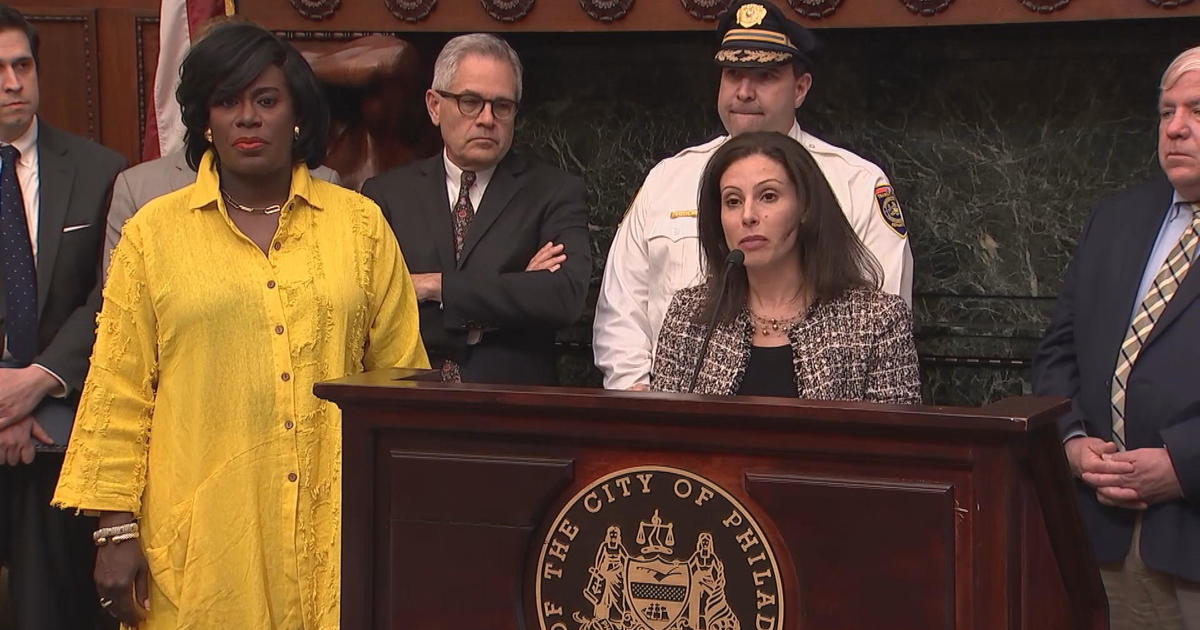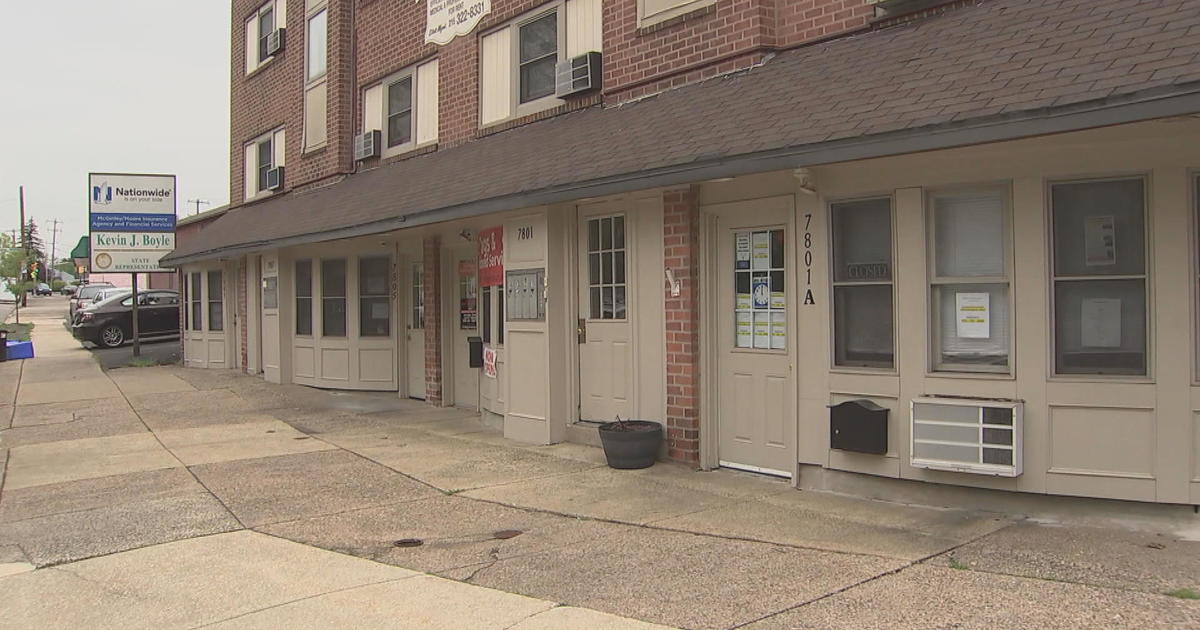Hubble Telescope Breaks Record, Observes Most Distant Galaxy Ever Seen
By Don Melvin
PHILADELPHIA (CNN) -- NASA's Hubble Space Telescope has now looked farther into the distance -- and peered further into the past -- than mankind has ever done before.
The telescope, which was launched into orbit in 1990, has gazed at a galaxy called GN-z11, which is 13.4 billion light-years away. And that means, of course, that scientists are observing the galaxy not as it is today, but as it was all those years ago -- a mere 400 million years after the Big Bang, which scientists believe created the known universe.
"We've taken a major step back in time, beyond what we'd ever expected to be able to do with Hubble," Pascal Oesch, of Yale University, who is the principal researcher, said this week. "We see GN-z11 at a time when the universe was only three percent of its current age."
Measuring the galaxy's 'redshift'
The viewing of this galaxy, actually, is not new; what is new is the estimate of its distance from Earth. For the first time for a galaxy so far away, researchers used Hubble's technology to split the light from the galaxy into its component colors, NASA said on its website.
"Astronomers measure large distances by determining the 'redshift' of a galaxy," the NASA statement explained. "This phenomenon is a result of the expansion of the universe; every distant object in the universe appears to be receding because its light is stretched to longer, redder wavelengths as it travels through expanding space to reach our telescopes. The greater the redshift, the farther the galaxy."
Producing stars at a huge rate
The distant galaxy is 25 times smaller than the Milky Way, NASA said -- or was, all those 13.4 billion years ago. But, boy, was it expanding fast, forming stars at a rate about 20 times faster than the Milky Way does today.
"It's amazing that a galaxy so massive existed only 200 million to 300 million years after the very first stars started to form," said Garth Illingworth, of the University of California, Santa Cruz. "It takes really fast growth, producing stars at a huge rate, to have formed a galaxy that is a billion solar masses so soon."
But it won't be long before scientists are looking even farther into the distance and peering even further into the past. The James Webb Space Telescope is scheduled to be launched into space in 2018.
"Essentially, Hubble can see the equivalent of 'toddler galaxies' and Webb Telescope will be able see 'baby galaxies,' " NASA said on its website.
The-CNN-Wire ™ & © 2016 Cable News Network, Inc., a Time Warner Company. All rights reserved.



